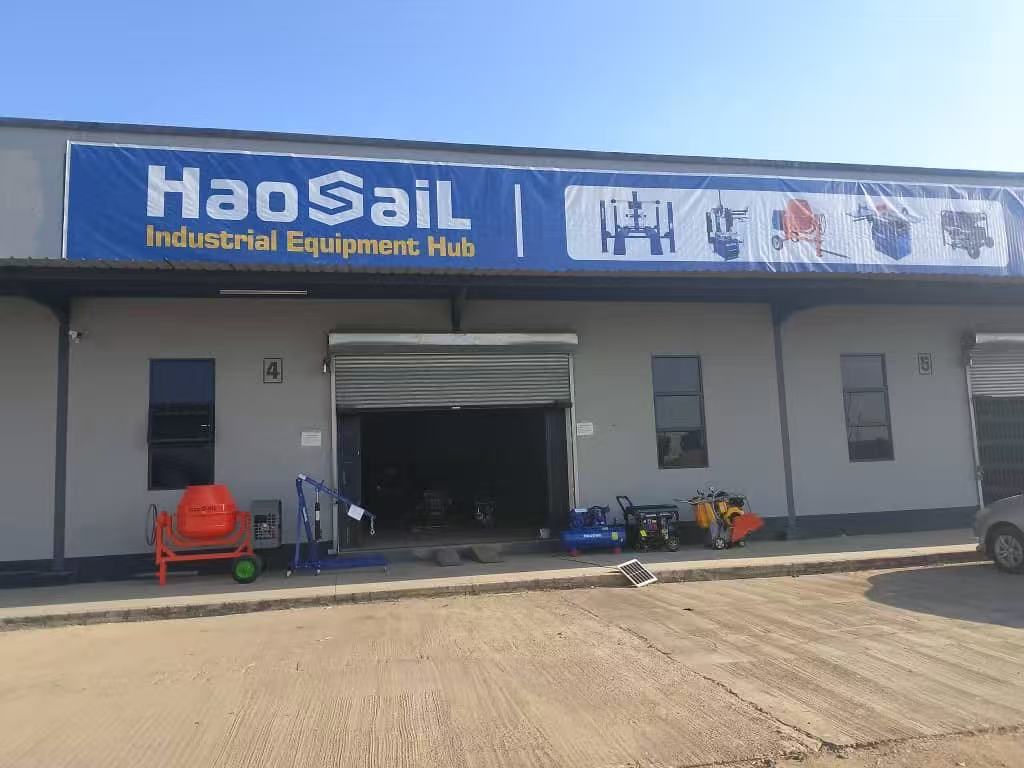
Aug 27, 2025
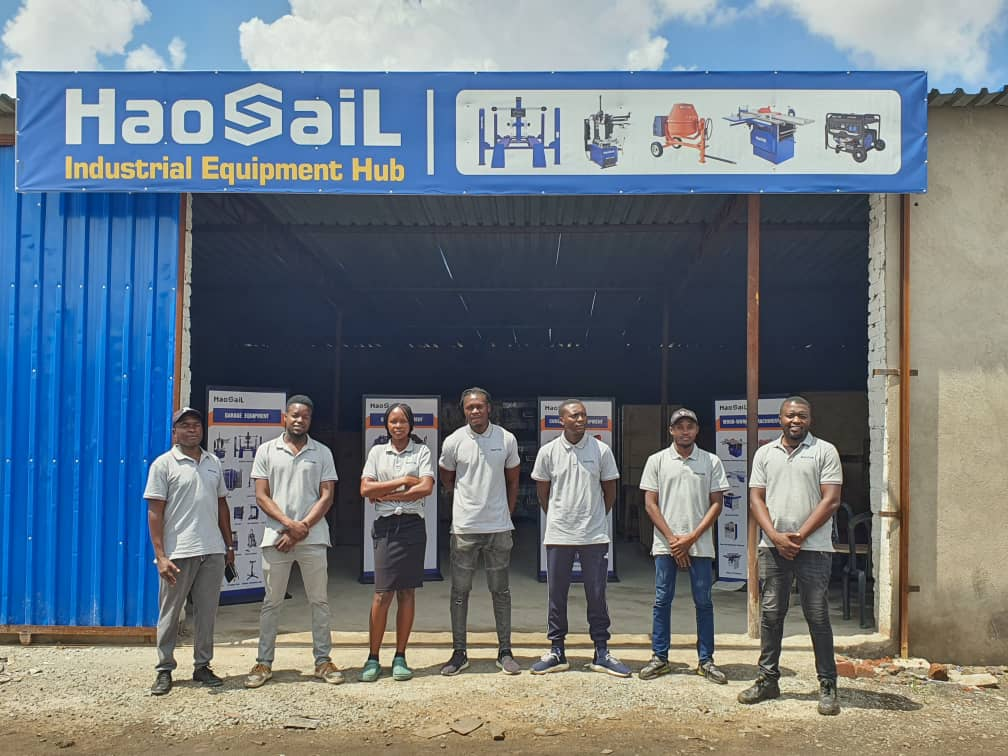
Aug 12, 2025
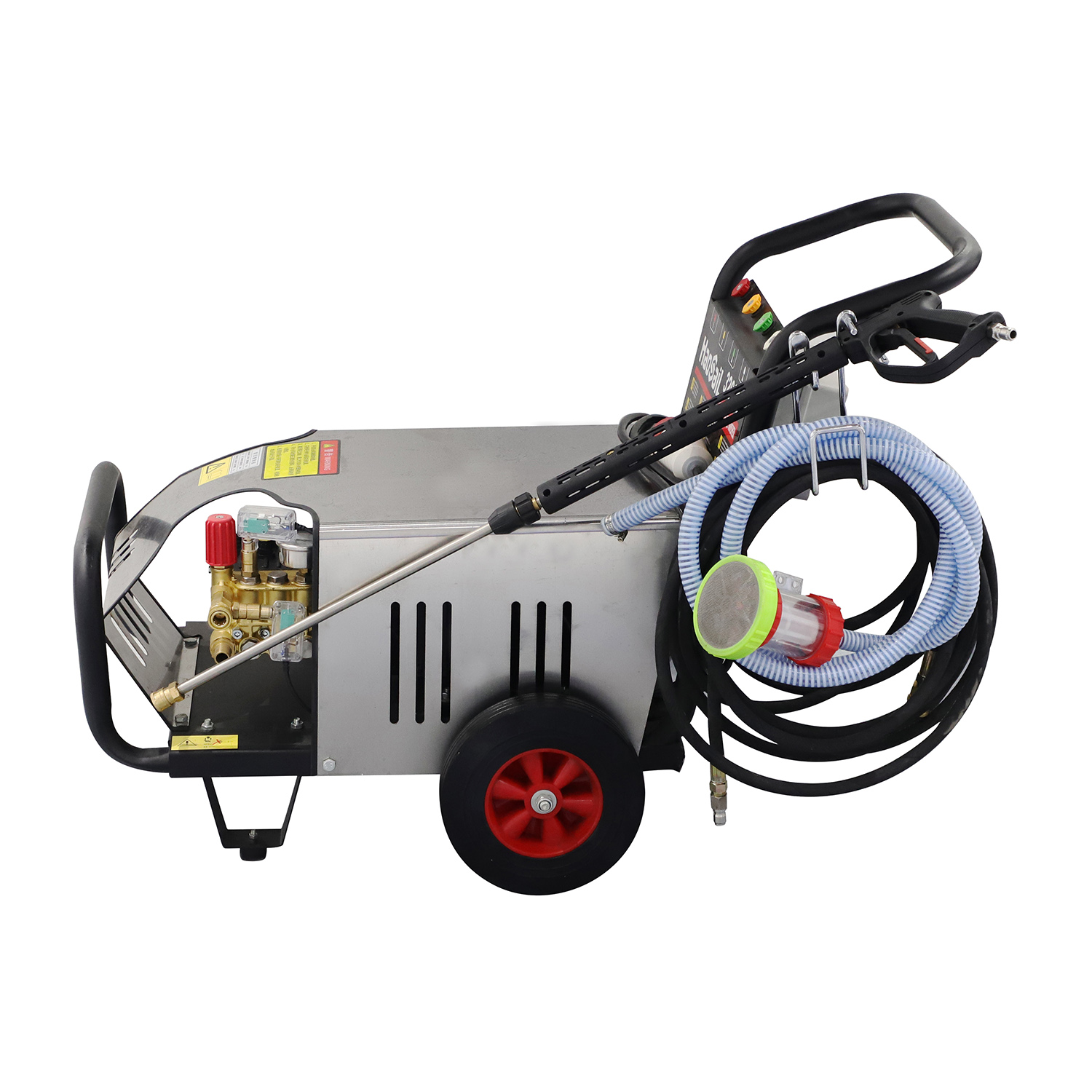
Jun 04, 2025
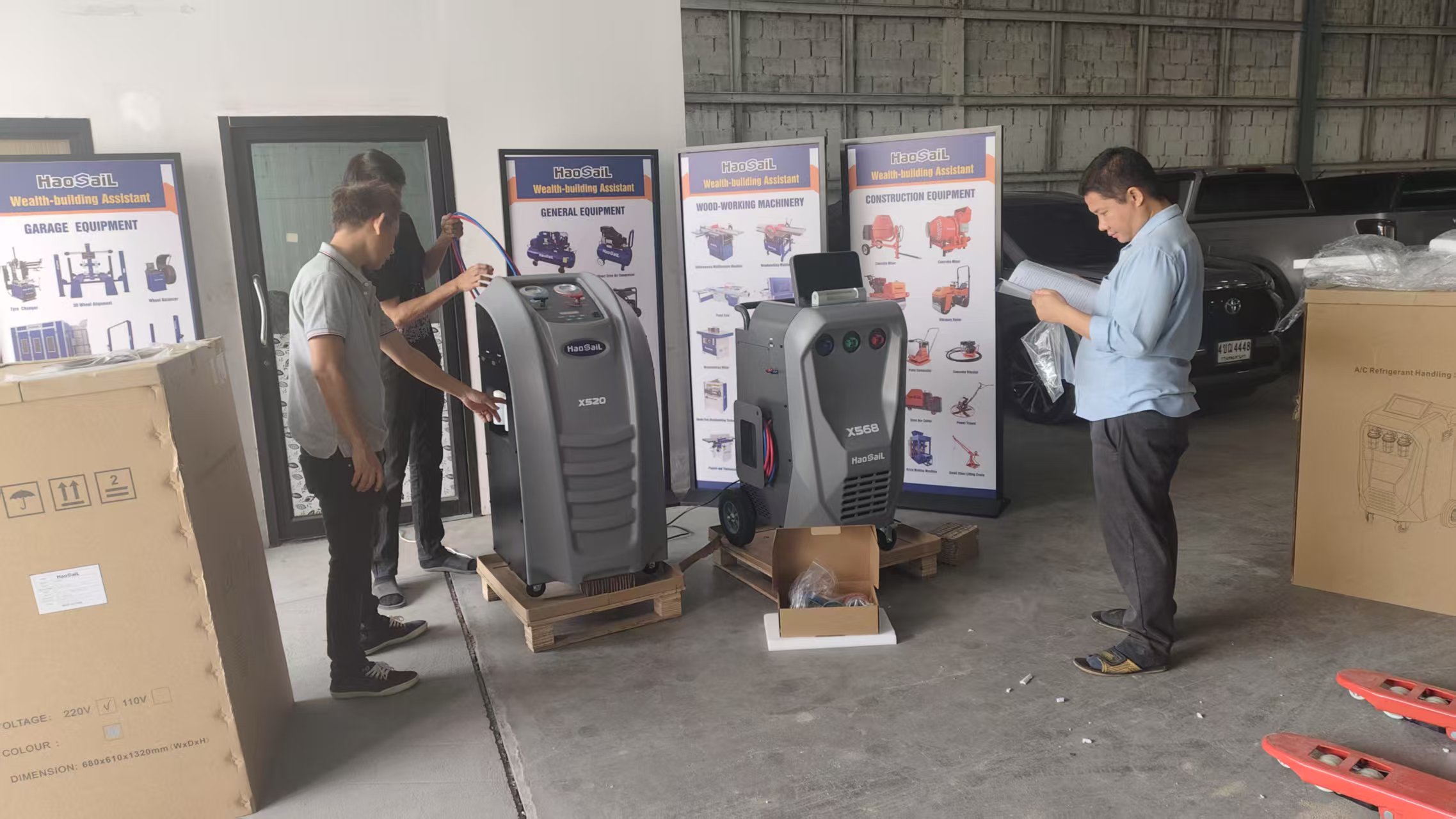
May 30, 2025
B4, Qingdao High-Tech Zone, No. 17 Songyuan Road, Qingdao.
+86 13864822549
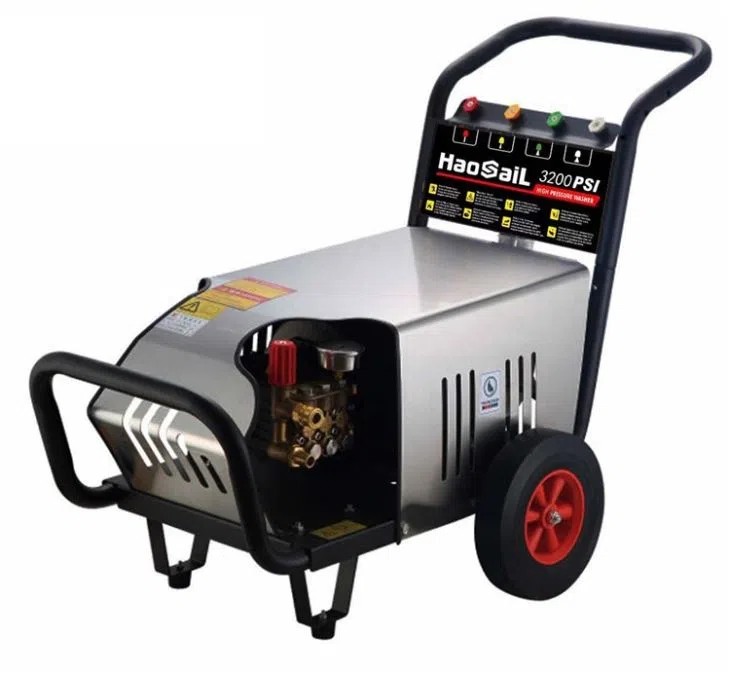
In today's fast-paced world, maintaining cleanliness and hygiene is essential, whether for residential, commercial, or industrial purposes. The High Pressure Washer has emerged as a versatile and powerful tool that can tackle even the most stubborn dirt and grime. This article will explore the various usage scenarios of a High Pressure Washer, the critical parameters to consider when choosing one, and the essential precautions to keep in mind during operation.
## Usage Scenarios of a High Pressure Washer
The High Pressure Washer is a versatile tool that finds applications across a wide range of industries and household tasks. One of its most common uses is in automotive cleaning, where it can quickly and effectively remove dirt, grease, and grime from cars, trucks, and motorcycles. The high-pressure water jet can reach into tight spaces and corners, ensuring a thorough clean without the need for excessive scrubbing.
In the construction industry, a High Pressure Washer is indispensable for cleaning building facades, removing mortar residue, and preparing surfaces for painting or other treatments. It can also be used to clean heavy machinery and equipment, ensuring they remain in optimal working condition.
For commercial cleaning, a High Pressure Washer is a game-changer. It can be used to clean large areas quickly, such as warehouse floors, parking lots, and outdoor dining areas. The powerful water jet can remove oil stains, gum, and other stubborn residues, leaving surfaces looking pristine.
In residential settings, a High Pressure Washer can be a valuable tool for homeowners. It can be used to clean driveways, patios, decks, and even siding. It is also effective for cleaning outdoor furniture, barbecue grills, and garden tools, making it a versatile addition to any household.
Important Parameters to Consider
When choosing a High Pressure Washer, several key parameters should be considered to ensure it meets your specific needs:
1. Water Pressure: Measured in PSI (pounds per square inch), water pressure is a critical factor in the effectiveness of a High Pressure Washer. Higher PSI means more force, which is essential for removing tough stains and grime. For general cleaning tasks, a PSI of 1500 to 2000 is usually sufficient. However, for heavy-duty applications, such as construction or industrial cleaning, a PSI of 2500 to 3000 or higher may be necessary.
2. Water Flow Rate: The flow rate, measured in gallons per minute (GPM), determines how much water the High Pressure Washer can deliver. A higher flow rate means faster cleaning, as more water is being used to remove dirt and grime. For most residential applications, a flow rate of 1.5 to 2.5 GPM is adequate. For commercial and industrial use, a flow rate of 3 GPM or higher is recommended.
3. Motor Power: The motor power, measured in horsepower (HP), affects the overall performance of the High Pressure Washer. A more powerful motor can generate higher water pressure and flow rates, making it more effective for heavy-duty cleaning tasks. For residential use, a motor power of 1.5 to 2 HP is usually sufficient. For commercial and industrial applications, a motor power of 3 HP or higher is recommended.
4. Nozzle Types: The nozzle is an essential component of the High Pressure Washer, as it determines the spray pattern and water pressure. Different nozzles are available for different cleaning tasks. For example, a narrow nozzle (0° to 15°) provides a concentrated jet of water for spot cleaning, while a wider nozzle (25° to 40°) provides a broader spray for general cleaning.
5. Hose Length: The length of the hose affects the mobility and convenience of the High Pressure Washer. A longer hose allows for greater reach, reducing the need to move the machine frequently. For most residential applications, a hose length of 20 to 25 feet is adequate. For commercial and industrial use, a hose length of 50 feet or more may be necessary.
Precautions and Safety Tips
Using a High Pressure Washer can be highly effective, but it also requires careful handling to ensure safety and avoid damage. Here are some essential precautions to keep in mind:
1. Personal Protective Equipment (PPE): Always wear safety goggles to protect your eyes from flying debris. Ear protection is also recommended due to the noise generated by the machine. Additionally, wear gloves to protect your hands from the high-pressure water jet.
2. Proper Distance: Maintain a safe distance from the surface being cleaned to avoid causing damage. Too close a distance can result in pitting or etching, especially on delicate surfaces like glass or painted surfaces.
3. Test the Pressure: Before starting the cleaning process, test the water pressure on a small, inconspicuous area to ensure it is appropriate for the surface being cleaned. Adjust the nozzle or pressure settings as needed.
4. Avoid Electrical Hazards: Ensure that the High Pressure Washer is properly grounded and that all electrical connections are secure. Avoid using the machine in wet conditions to prevent electrical shocks.
5. Regular Maintenance: Regularly inspect the High Pressure Washer for any signs of wear or damage. Check the hoses, nozzles, and seals for leaks or cracks. Replace any damaged parts immediately to ensure optimal performance and safety.
6. Use the Right Detergents: If using detergents with your High Pressure Washer, ensure they are compatible with the machine. Some detergents can be corrosive and may damage the internal components of the washer.
Conclusion
The High Pressure Washer is a powerful and versatile tool that can significantly enhance cleaning efficiency in various scenarios. By understanding its usage scenarios, important parameters, and safety precautions, you can make an informed decision when choosing and operating a High Pressure Washer. Whether you are cleaning a car, a building facade, or a driveway, a High Pressure Washer can provide the power and precision needed to get the job done quickly and effectively. With proper use and maintenance, this tool can be a valuable asset in maintaining cleanliness and hygiene.